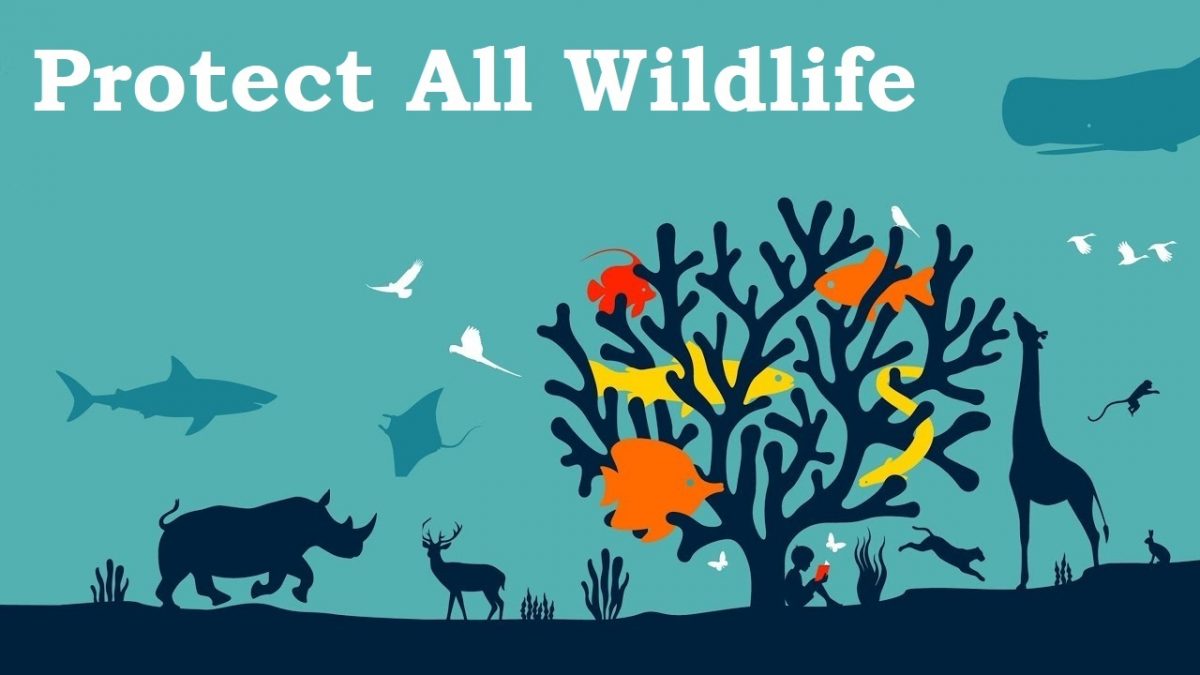
Hachikō is a national hero to the Japanese! A dog so famous there have been several movies made about him.
He has his own bronze statue next to Shibuya Train Station in Tokyo, where every day hundreds of people have their photograph taken with him.

Even Hollywood has made a movie about Hachiko! There is a statue of him at Rhode Island in the USA where the American version of the film was made.

So why is the Hachiko story so famous? Here is the amazing, real and very sad story about Hachiko the dog. ♥
Once Upon A Time, There Was A Dog Named Hachiko
Eizaburo Ueno, a professor in agriculture science at Tokyo University in Japan, had long wanted a purebred Japanese Akita dog. He had looked for the perfect Akita puppy for a long time, until one of his students encouraged him to adopt Hachiko, from the Odate city in the Akita prefecture of Japan.
Hachiko, or Hachi which became his nickname, and his new owner soon became best friends. Eizaburo loved his dear dog above all and treated him as his son. The two of them were inseparable.

As Hachiko grew older, he started to see his owner off to work in the morning at the Shibuya Train Station, in central Tokyo and went to pick him up at the station in the afternoon when he returned from work.
On May 21, 1925, only two years after Hachiko was born, Hachiko was as usual sitting by the exit at Shibuya train station waiting for his dear Eizaburo. But his owner never showed up…..It turned out that Eizaburo had suffered from a cerebral haemorrhage and died suddenly and unexpectedly while at work.
Hachiko crawled under the coffin of his master and refused to move. The dog was handed over to another family outside Shibuya.
According to Hachiko’s biographer Prof Mayumi Itoh, in the summer of 1925, the loyal dog ended up at Ueno’s gardener Kikusaburo Kobayashi’s place. Hachiko then started going to the Shibuya station daily to wait for his master Ueno. He would look at each passenger to search for his master. He sat there for hours, patiently waiting in vain for the return of his beloved owner who sadly never came back.

A major Japanese newspaper reporter picked up the story of Hachiko in 1932 and published it, which led to Hachiko becoming a celebrity all over Japan.
People started calling him “Chuken-Hachiko“, which means “Hachiko – the faithful dog“.
The story of the dog that never gave up gained a lot of attention also in national media, inspiring many people from all over the world to visit Hachiko at Shibuya Train Station to offer him treats. He touched the hearts of the Japanese people and soon became their hero.

The station started receiving donations of food for Hachiko, and visitors came to have a glimpse of the cute canine. It led to poems, haikus, and fundraisers to make a statue of him.
Hachiko died on March 8, 1935, making front page headlines of newspapers. Buddhist monks offered prayers for him and dignitaries read eulogies at his funeral.

Hachiko Reunites With His Master
On March 8, 2015, Tokyo University’s Faculty of Agriculture unveiled a statue that portrays Professor Ueno reuniting with Hachiko to commemorate the 80th anniversary of Hachiko’s passing.
The statue’s creation was made possible by collaborating with the Faculty of Agriculture and an online charity. It was sculpted by Tsutomu Ueda, an artist from Nagoya.

It portrays Hachiko enthusiastically greeting his master, Eizaburo, who is depicted wearing a long trench coat and hat with a briefcase placed on the ground. The sculpture beautifully captures the heart-warming moment of their reunion, with Ueno embracing his loyal dog with open arms.
Every year on April 8, a memorial service for Hachiko is held outside Shibuya station, where his statue still stands.


WHAT YOU CAN DO TO HELP ANIMALS IN NEED
You can support our work by donating as little as £5 – It only takes a minute but it can last a lifetime for an animal in need.
PLEASE DONATE HERE
Everyone who donates will receive a Certificate of Appreciation as a thank you for helping animals in need.

The Mission of Protect All Wildlife is to prevent cruelty and promote the welfare of ALL animals.
We believe EVERY animal should be treated with respect, empathy, and understanding. We raise awareness to protect and conserve wild, captive, companion and farm animals.
It is vital that we protect animals against acts of cruelty, abuse, and neglect by enforcing established animal welfare laws and, when necessary, take action to ensure that those who abuse animals are brought to justice.
Protect All Wildlife are involved in many projects to protect animals’ rights, welfare, and habitats. Money contributed to Protect All Wildlife supports ALL of our worthy programmes and gives us the flexibility to respond to emerging needs. Your donations make our work possible.






